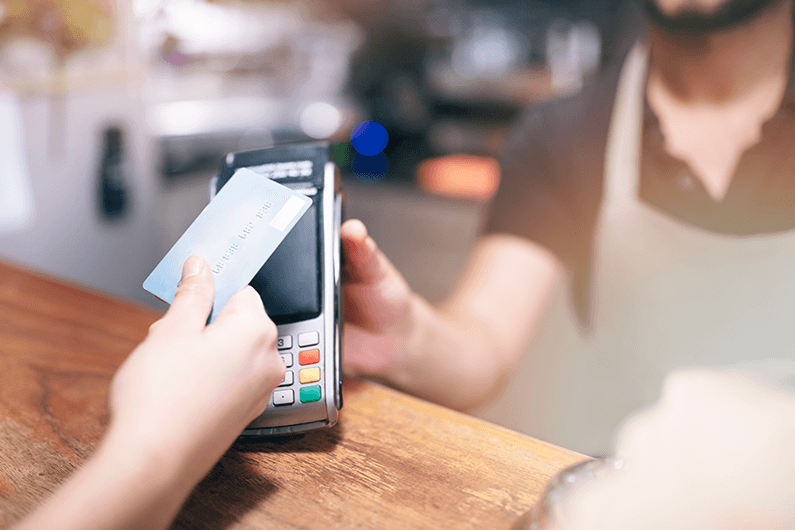
Benefits of Contactless Payments for Business
What are the benefits of contactless payment options for businesses? From secure transactions to efficiency, learn more.
As COVID-19 spread around the world, consumers became keenly interested in contactless payments as a way to limit physical interaction. While retailers have been moving toward low-touch and no-touch payments for years, the pandemic has appeared to dramatically accelerate contactless payment adoption.
For example, from January through July 2020, contactless payments as a percentage of overall payments more than doubled, according to research from Appriss Retail. The term contactless actually incorporates multiple payment types, including e-wallets, tap-to-pay cards and mobile devices.
As businesses look toward the coming year, customer interest in contactless payments will likely remain. But beyond meeting an immediate need, these payments provide some additional benefits to your customers and company operations.
Here are four ways that contactless payments stand to pay off:
1. Reduces Physical Interaction
Though obvious, this remains a primary driver of contactless payment adoption as we continue to wrestle with reducing virus transmission. The Appriss Retail research shows that cash payments declined dramatically at essential businesses that remained open during the COVID-related shutdowns.
At the same time, the use of contactless payments went up, as did credit and debit card usage. That's in part because people perceive paper money to be dirty—and they’re not wrong. Even before the pandemic, studies showed that 90% of cash harbors some form of bacteria. During the crisis, the U.S. Federal Reserve even began quarantining U.S. dollars that returned from overseas.
2. Increased Security
Beyond public health concerns, contactless payments are also less risky from a fraud perspective. Most contactless payments rely either on chips in credit cards, allowing consumers to simply wave their cards, or purely mobile wallets. Unlike the magnetic strips in credit cards, these payments don’t transmit the customer’s name and card number along with the transaction. Instead, the RFID chip in the card transmits a one-time code to the card reader to identify the transaction.
Some have proposed that thieves would able to electronically pickpocket card information. However, Mastercard notes that’s highly unlikely. And if it was possible, the thieves would still need to access the encrypted one-time code from the card reader to complete the transaction.
3. Efficiency
The ability to seamlessly pay not only saves your customers time during the transaction, but it’s also good news for your employees. With contactless payments, your employees don’t have to wait for customers to find their credit cards or enter a PIN into a machine.
Of course, they also don’t have to spend time handling cash. This can be especially meaningful to businesses that regularly face large lines or handle lots of small transactions. Restaurants, cafes, gift shops, and more can speed up their lines, improve the efficiency of their operations, and ideally, earn more revenue.
4. Enhance Customer Experiences
There’s a growing body of research that denotes the importance of allowing customers to pay via the methods they prefer. Fail to do so, and you can imperil the entire transaction. Given the move toward contactless payments, offering it as an option can improve the customer experience.
What’s more, the ability to pay via a tap, scan, or no-touch streamlines the payment process altogether. Employees that reduce the time they spend handling transactions and devote more time to customer service and improving the overall retail experience.
Contactless Payment Considerations
There are multiple benefits to contactless payments. But businesses should also be aware of a couple of considerations. If you don’t already offer contactless payments, then your employees may need to do some customer education on the front-end—explaining what the option is and how it works for those unfamiliar. And given that it’s still relatively new, some customers may not be interested.
There’s also a question of fees and costs. For the latter, most newer payment terminals have contactless payment capabilities built-in. If yours is older, though, then you may need to update some of your equipment. In addition, depending on the payment method, you may end up paying added fees to accept contactless payments. This is worth investigating to make sure you’re accounting for the extra expense.
Contactless payments are headed your way—and the pandemic has likely speeded their arrival. Get ahead of what your customers want in terms of payment options, and you'll not only create a better customer experience but also boost efficiency and even increase safety.